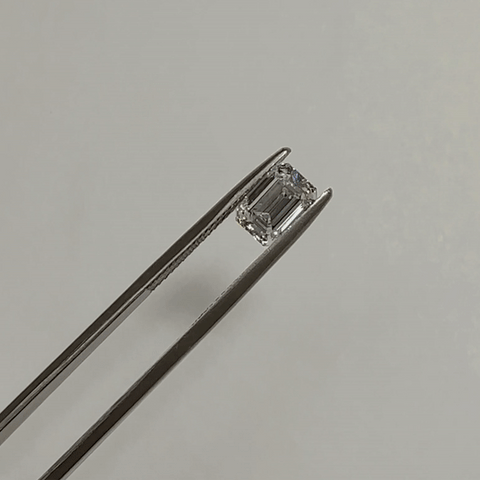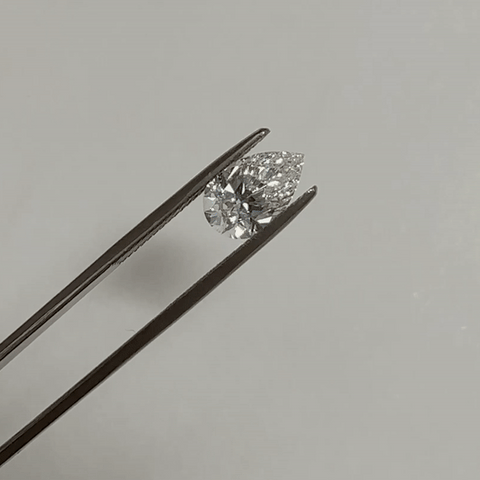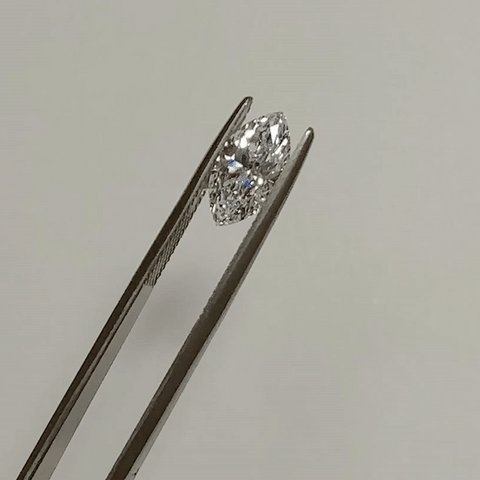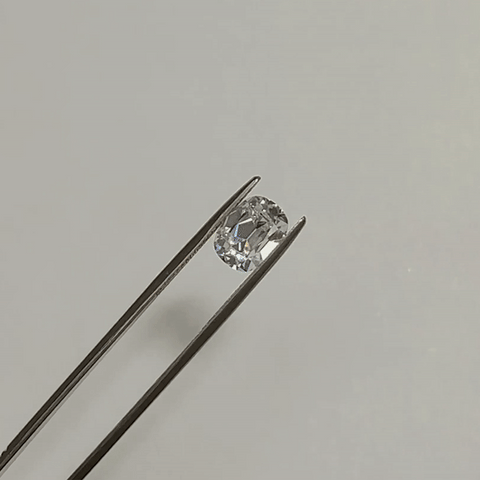
Emerald
Emerald diamonds are the most popular step-cut shape. Step-cut refers to the long rectangular facets that move outwards from the center of the stone like a set of stairs. This type of diamond has less facets than a brilliant cut diamond, so it sparkles less but flashes more, reminiscent of a hall of mirrors.
Because there are fewer facets to disguise inclusions, it is best to prioritize clarity over color as necessary when choosing an emerald diamond.
The step-cut pattern also results in less wasted rough, which means step-cut diamonds will cost less on a carat basis when compared to brilliant cuts.
When choosing between emerald diamonds, you will want to consider the ratio of each stone. A lower ratio means a shorter and wider stone; a higher ratio means a thinner and longer stone.
The emerald shape lends itself well to minimal, sophisticated, and confident designs.


No matter what shape of diamond you’re looking at, these are a few other considerations to take into account:
- Who certified the diamond? Some companies sell diamonds that were graded by in-house gemologists; we strongly believe it is best if a diamond is graded by a third-party lab such as GIA, IGI, or GCAL. GIA tends to have stricter standards than the other two labs. This does not mean non-GIA graded diamonds are undesirable, but rather it just means you may not be comparing apples to apples if you’re looking at stones graded by different labs.
- Are any inclusions visible to the eye? In diamonds with VS2, SI1 and SI2 (and below) clarity grades, there may be small imperfections that are visible without a loupe. The details of those inclusions matter. if they’re in a corner that can be covered by a prong, for example, or if the inclusion is a white feather, it won’t impact the final look of your ring and that stone is likely a great buy.
- Is there fluorescence present? Generally with higher colors, it is better to have less fluorescence, because fluorescence often results in a less lively stone. However, fluorescence can also help warmer colors look whiter on their face.
- How is the symmetry and polish graded? A top grade on both will contribute towards the diamond’s overall brilliance and shine.




